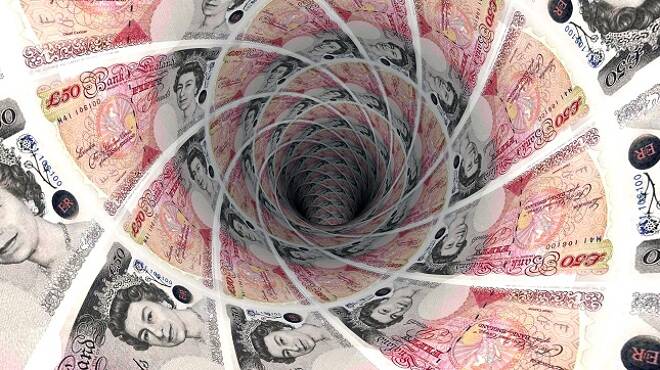Advertisement
Advertisement
Takeaways from the August Super Thursday, Maybe not So Dovish
By:
The Bank of England’s Monetary Policy Committee met last week and there were some interesting developments. We will try to sieve through the plethora of
The Bank of England’s Monetary Policy Committee met last week and there were some interesting developments. We will try to sieve through the plethora of information and pick what we think were the salient points.
First of all, we start with the interest rate decision. The July meeting’s split was 5-3 (5 to keep rates on hold, 3 to hike 25bps) but last week’s split widened to 6-2. This was broadly expected as Kristin Forbes – a well known BoE hawk – has since left the committee. There were some pre-meeting whispers about Andy Haldane (the BoE’s chief economist) switching to a hike, but that was always a low probability event. All in all, the interest rate decision sprung no surprises at all.
August is one of the four months where the BoE deliver their Quarterly Inflation Report (QIR). On this QIR, they lowered their growth forecasts slightly: 0.2% lower to 1.7% for 2017 and 0.1% lower to 1.6% for 2018. What do these forecasts really tell us though? They show that the BoE is slightly more cautious for the next couple of years, but for all intents and purposes the forecasts are broadly unchanged. After all, central bank forecasting accuracy certainly isn’t as good as 0.1% on a 1 to 2 year forward horizon.
The QIR also shows an inflation forecast where the peak is to be reached very soon and then it reduces gradually towards the 2% target. The BoE members clearly think that the latest drop in inflation (from 2.9% YoY down to 2.6% YoY) is the start of a general trend lower. This is not a foregone conclusion and the Pound’s depreciation may continue to drive inflation higher for longer; this remains to be seen.
Lastly, Mark Carney’s speech was interesting because even though it didn’t spring any big surprises, some of the things he said gave us some insight on how the BoE approaches the main issues. Here are some of his quotes which we thought were key:
- “Rising inflation is only due to the depreciating currency”. It’s true that a depreciating currency drives inflation higher but it’s not the only reason. This should be read as a dovish comment, as it shows that there is reduced urgency to raise rates due to high inflation.
- “We may need to tighten more than the markets currently expect”. This is obviously a hawkish statement, as the BoE are aware what the market is implying in terms of rate hikes (from sources like short sterling futures or OIS swaps). It’s worth noting that the BoE have been saying this for a couple of years now, so perhaps there should be less weight attached to these words.
- “Brexit uncertainty is hitting businesses” and “some bosses are refusing pay rises because of Brexit”. These are important statements, as they are most likely true. At first glance these statements may sound dovish but there is a hidden hawkish side to them. If businesses are being hit and refusing pay rises due to the uncertainty, we must consider what might happen when Brexit negotiations start yielding results and uncertainty gets slowly lifted. There will be considerable trapped potential ready to be unleashed onto the economy with obvious positive effects.
All in all, the market took the BoE as dovish and the Pound got hit around 1% vs. most major currencies. Uncertainty remains – that cannot be denied – but my macro view is that the market may still be too pessimistic on the Pound.
We need to ask ourselves this question: is the current state of the UK economy so terrible that it justifies 0.25% base rate – the lowest in history – and QE? Let’s not forget that this monetary policy is supposed to be of an “emergency” nature. We’ve argued in the past that prolonged ZIRP & QE are actually deflationary, as they create asset bubbles and essentially reduce the average person’s disposable income. Our view is that the UK economy may not be firing on all cylinders, but it’s definitely good enough to not require these extraordinary measures. Some interest rate normalization – starting with the reversal of the post-referendum rate cut – should begin as soon as possible.
I am looking to enter long GBP macro positions vs. the Euro and the Dollar if Sterling weakens further from here. My preferred entry points are the previous spike highs for EUR/GBP (short entry at 0.9225) and the long-term support TL lows for GBP/USD (long entry at 1.2680).
This article was written by one or more of the following contributors: Blake Morrow, Nicola Duke, Grega Horvat, Steve Voulgaridis and Stelios Kontogoulas. They are all analysts at ForexAnalytix which provides macro & technical analysis for various financial instruments. Forex Analytix primary goal is to educate traders of all experience levels and to provide a wide range of tools which can help with their trading decisions.
About the Author
Blake Morrowcontributor
Advertisement
